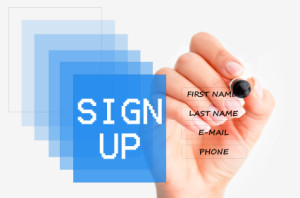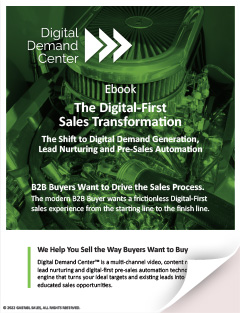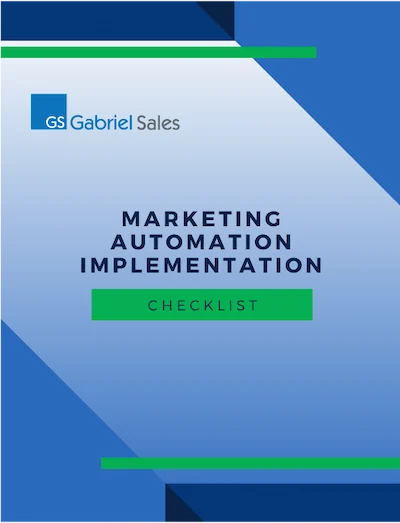B2B Lead Generation, Sales & Content Basics
Many B2B companies try so hard to generate more leads that they do not come up with a clear strategy for how to do so most efficiently and effectively. What these companies do not understand is that a successful campaign requires clearly defined goals and a well-articulated strategy.
This blog is meant to educate those with less experience in B2B sales and marketing about the fundamentals of lead generation. Specifically, we will address the difference between soft vs. hard lead generation for B2B sales and when each is most appropriate to use.
(If you would like information with a little more depth, please visit our knowledge center focused on B2B Demand Generation.)
The first step in creating a strategy for B2B lead generation is to formulate your overall goals. You should ask the following questions:
• Who are you trying to target?
• What is the number of leads you want to generate?
• What do you want to achieve in terms of sales?
• Are you willing to pay for a lead? How much?
• Where do you want your leads to be in the sales cycle?
The answers to these questions become essential in determining which lead generation technique will be most effective for your business. Depending on what your goals are, you will usually choose either a soft or a hard lead generation strategy. Hard techniques usually generate a higher quality lead, while soft strategies tend to produce large numbers.
The soft offer:
Using an incentive with an apparently low risk factor, soft strategies will give you huge numbers of leads. For example, if you offer free tickets to the World Series, you are likely to get a massive number of responses. The downside of the soft lead, however, is that most of these respondents are more excited about baseball than learning about your business. So, while the soft lead may give you the numbers you want, most leads generated in this way do not progress any further in the sales cycle.
However, in our experience as an outsourced sales and marketing company, we have found that offering an iPad or a gift card can be quite effective, especially in terms of generating a quick opt-in database. We have also seen that the soft lead generation strategy is most effective for businesses trying to target leads early in their sales cycle. This method will take much more time because of having to sift through large numbers and so should be used primarily when attempting to generate activity or jump-start your sales.
The hard offer:
In a hard lead generation strategy, you offer something that is relatively higher risk than free tickets or an iPad. When you make this type of offer, which may require some type of commitment from your prospect, the leads you generate are usually going to be much further along in their sales cycle. Some things you can use as hard offer incentives are free consultations, preliminary audits, invites to webinars, etc.
When engaging with these types of leads, you should be aware they have a much greater chance of becoming closed deals. We have found that a hard lead generation method is most effective for businesses that have little time to weed through huge numbers of leads and are therefore looking to talk to leads much closer to making a purchase.
If you are still having trouble deciding between soft vs. hard lead generation for B2B sales, a good place to start is deciding who you are trying to target. If your goal is to reach marketing teams, a soft offer may be the most appropriate. On the other hand, if you are looking to speak to buying executives, you may want to go with the hard offer. Once you decide the kind of lead you desire and determine what will be of value to them, you will be able to come up with a successful strategy for generating leads.
Gabriel Sales has over 12 years of experience as an outsourced B2B lead generation company. For more sales basics, please feel free to visit our Blogs on Sales and Content Basics.





